As mass tourism continues to have negative effects on local businesses and homes, sustainable tourism in Spain takes on increasing importance.
But what is is sustainable tourism, anyway?
If you’re on our website reading this article, you’ve already started off on the right foot!
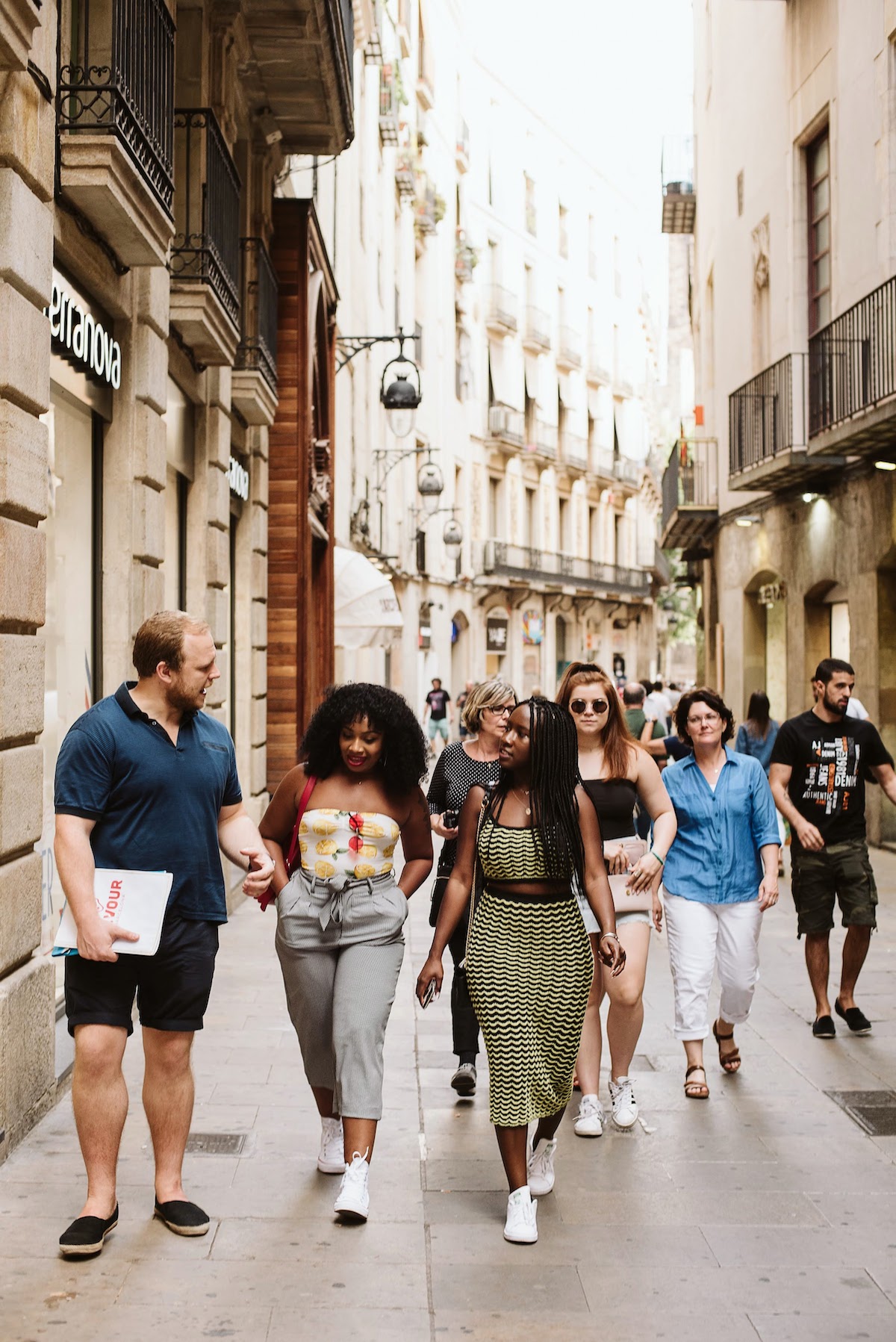
Here at Devour Tours we promote and encourage sustainable, responsible ways of visiting new places. That means supporting locally owned, family-run businesses over tourist traps, and making sure every euro spent goes back into the local economy. Going even further, it means protecting the local environment by keeping places beautiful.
This guide to sustainable tourism in Spain will show you some of our favorite ways to stay culturally curious while supporting local businesses and efforts.
Tourism in Spain: An Overview
Spain’s gorgeous beaches, cosmopolitan cities, and lively culture have long made it a draw for international visitors. But it wasn’t until massive pro-tourism campaigns in the 1960s and 70s that Spain began to stake its claim as a leading destination for tourists.
Since then, tourism in Spain was all but unstoppable over the next 50 years or so. It played a major role in helping the country rise from the ashes of its economic crisis in the early 2010s. And in 2019—one year before the industry came to a screeching halt across the globe—Spain ranked #1 on the World Economic Forum’s Travel & Tourism Competitiveness Report, snagging the top spot for a third consecutive year.
In the years leading up to the pandemic, Spain was continually breaking its own records for tourism arrivals. The sector regularly accounted for more than 10 percent of the national GDP. The seed that had taken root in the waning days of the Franco dictatorship had snowballed to its tipping point.
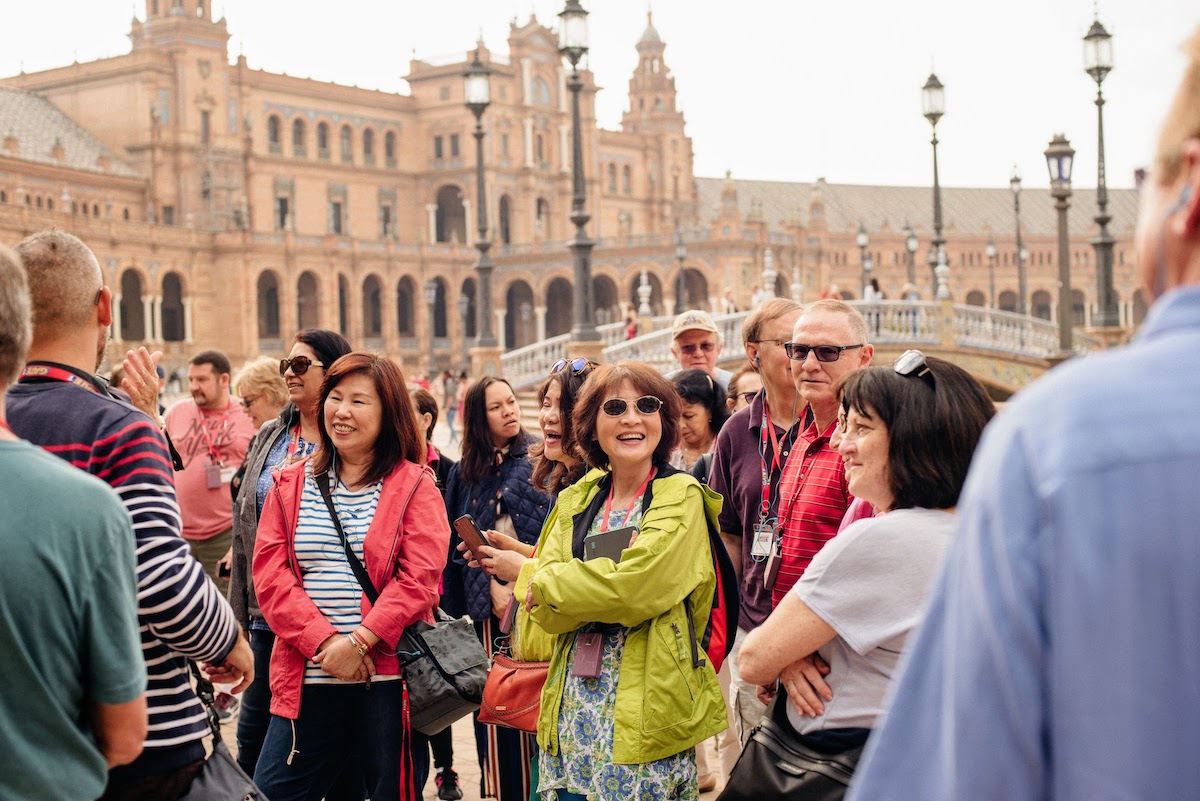
The Impact of Mass Tourism in Spain
Tourism has had many positive effects on the Spanish economy and society, and we’ll get to those in a bit. But part of practicing sustainable tourism in Spain is recognizing that the influx of millions of visitors has had plenty of downsides for locals, too.
Some of the most obvious signs are clear in the central neighborhoods of Spain’s most popular cities. Districts like Madrid’s Malasaña and Barcelona’s Gothic Quarter were once very residential, full of small businesses and homes. Today, though, they’re being taken over by chain stores and eateries, shops hawking low-quality souvenirs, and tourist accommodations.
Massive construction and investment companies have been snapping up entire buildings in these areas in recent years. Their strategy: raising rents with the aim of getting the current residents out. As a result, many locals can no longer afford to stay in their homes, which then turn into pricey tourist apartments.
Additionally, mass tourism can result in certain areas of the city becoming overcrowded, especially those close to popular sights and attractions. This can make it difficult for locals to go about their day, as well as cause environmental issues due to pollution and littering. Plus, many of the businesses in these areas are now chain restaurants and shops, meaning that less money goes back into the local economy.

Positive Impacts of Tourism in Spain
But there are many bright spots as a result of tourism, too. The most obvious can be seen in the economy. Tourism creates jobs for locals and, when practiced in a responsible way, can help local businesses thrive.
Beyond the monetary benefits for individuals and businesses, tourism also helps preserve Spain’s rich and fascinating history. Historic and cultural sites are able to be maintained thanks to tourist ticket sales. This will help them stick around for many more generations to come.
The benefits even extend to to the social and cultural level. Tourism brings people from all walks of life and all corners of the world together. This can result in a more compassionate cultural understanding overall for locals and visitors alike.
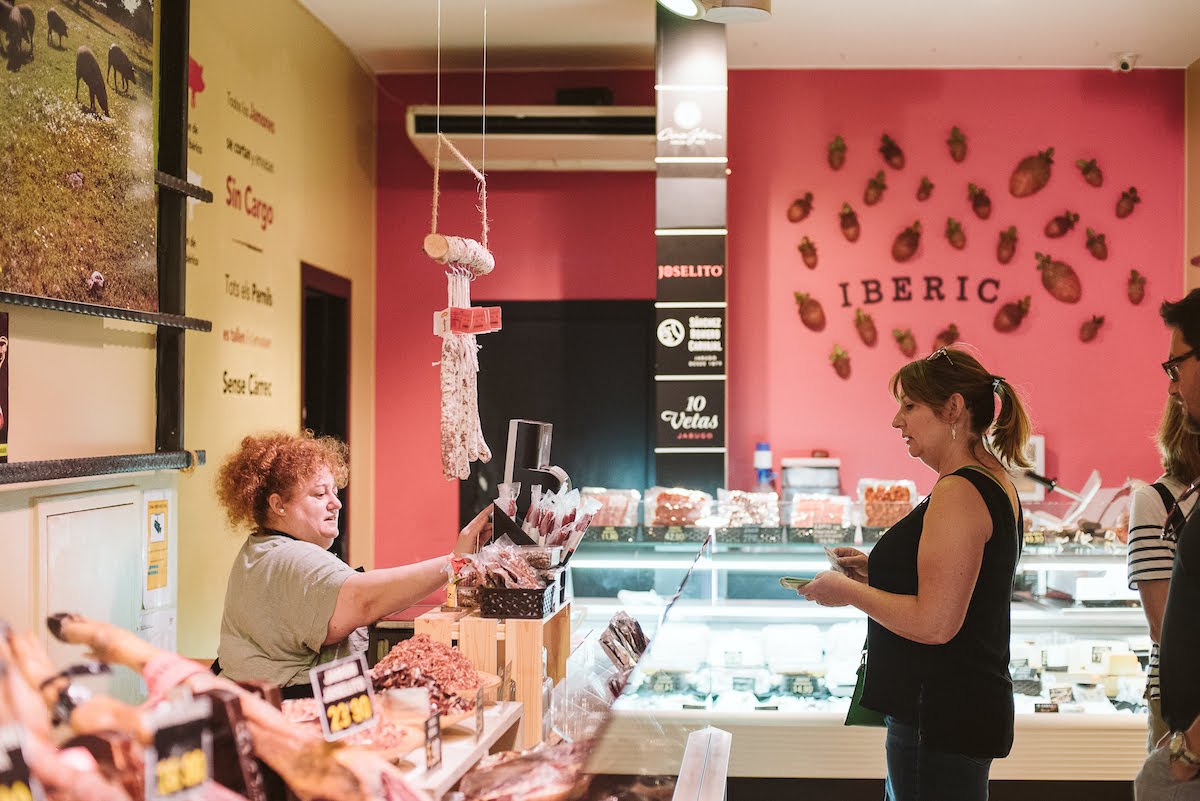
How to Practice Sustainable Tourism in Spain
All this goes to show the importance of sustainable tourism in Spain. It protects the environment, helps support local businesses, and lets culture thrive. And as a bonus, these responsible travel practices often result in a much more authentic, enjoyable experiences for you as a visitor, too!
Here’s how to put it into practice on your next Spanish adventure.
Shop at a Local Market
Not only are neighborhood markets a wonderful foodie experience, but they’re also one of the easiest ways to support local sellers.
Walk into any given market and you’ll find yourself in a maze of sights, sounds, colors and flavors. Many of the stalls are proudly family run and have been selling the same products for generations. By purchasing their products, you’ll be directly supporting local vendors and suppliers, as well as helping ensure the markets themselves stay thriving.
We could talk about markets all day, but here are a few to add to your itinerary to help promote sustainable tourism in Spain.
- Madrid’s aptly named Mercado de Maravillas, which translates to “market of wonders,” is one of the city’s largest. It has more than 250 stalls!
- Mercado de Antón Martín is another excellent option in Madrid, perfectly bridging the gap between traditional food market and modern gastronomic haven.
- Barcelona’s colorful Mercat de Santa Caterina in the Born neighborhood is a more local alternative to the Boqueria.
- Set in a gorgeous 19th century building, Mercat de Sant Antoni is a wonderful off-the-beaten-path option in Barcelona.
- In Seville, take some time to shop at the locally run stalls in the Mercado de Triana, then stick around for lunch!
- Mercado de la Feria, another Seville favorite, has been a neighborhood meeting point for generations.
- San Sebastian’s Mercado de la Bretxa is a traditional, local institution that dates back to 1870.
- Another great market in San Sebastian, Mercado de San Martin offers a fresher and more modern look while sticking to its traditional roots.
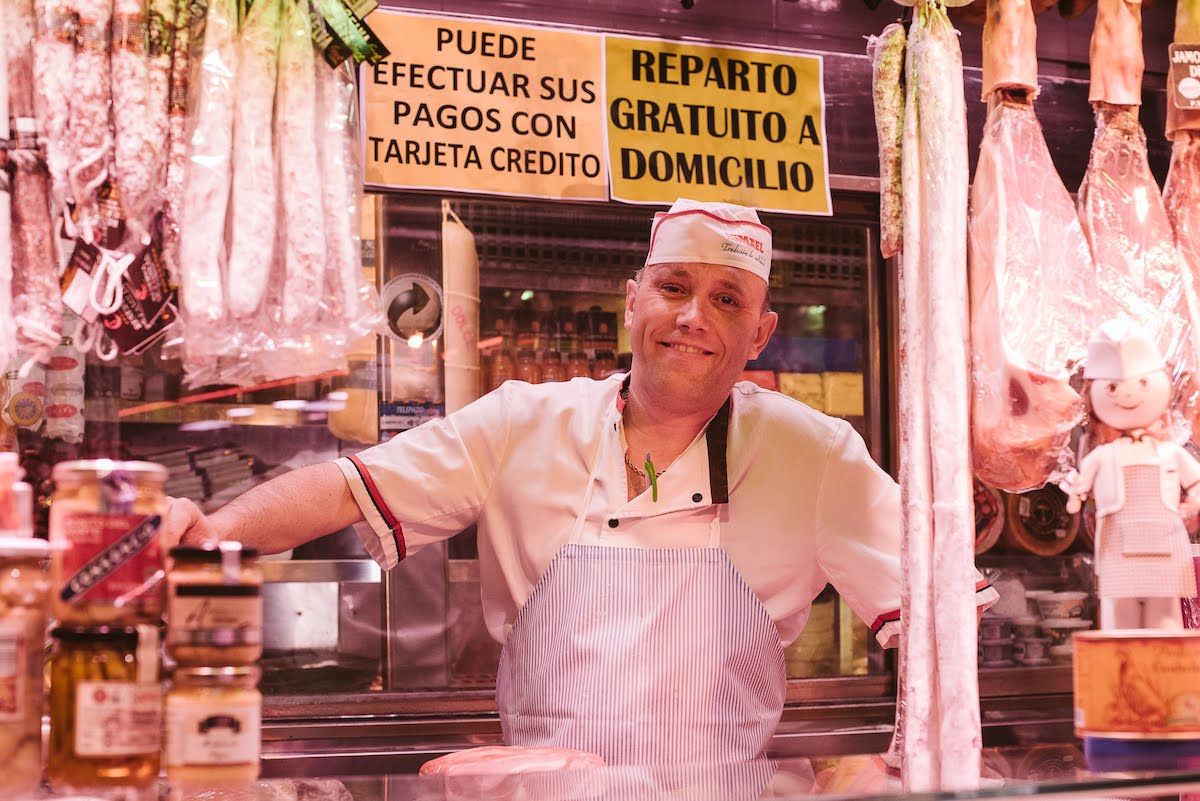
Enjoy a Meal at a Family-Run Restaurant
How can you spot a tourist trap from a mile away? First of all, stay away from places with bright pictures of the food outside. Locals don’t need to know what they’re eating!
And if a seemingly friendly waiter is standing outside trying to draw customers in by proffering a menu in five different languages, steer clear of that as well. No matter what city you’re in, locals know the places they like. They don’t need to be convinced by restaurant staff to visit their establishment.
As a food-focused tourism company, we pride ourselves on promoting responsible travel in Spain by visiting local, mostly family-run establishments on our food tours. These are some of our guests’ favorite stops—all of them have been around for generations and are true authentic institutions!
- Restaurante La Bola in Madrid has been serving the best cocido in the city since 1870—and has been run by the same family ever since!
- Bodega La Palma in Barcelona is one of the last remaining authentic small businesses in the Gothic Quarter, and home to the best patatas bravas in town.
- Seville favorite Taberna Alvaro Perejil (C. Mateos Gago, 22) introduced the now-famous orange wine to the city more than a century ago.
- San Sebastian’s Txepetxa is still run by the grandson of the original founder, who proudly carries on his family’s tradition of curing anchovies to delicious perfection. (They’ve converted many a former anchovy hater!)
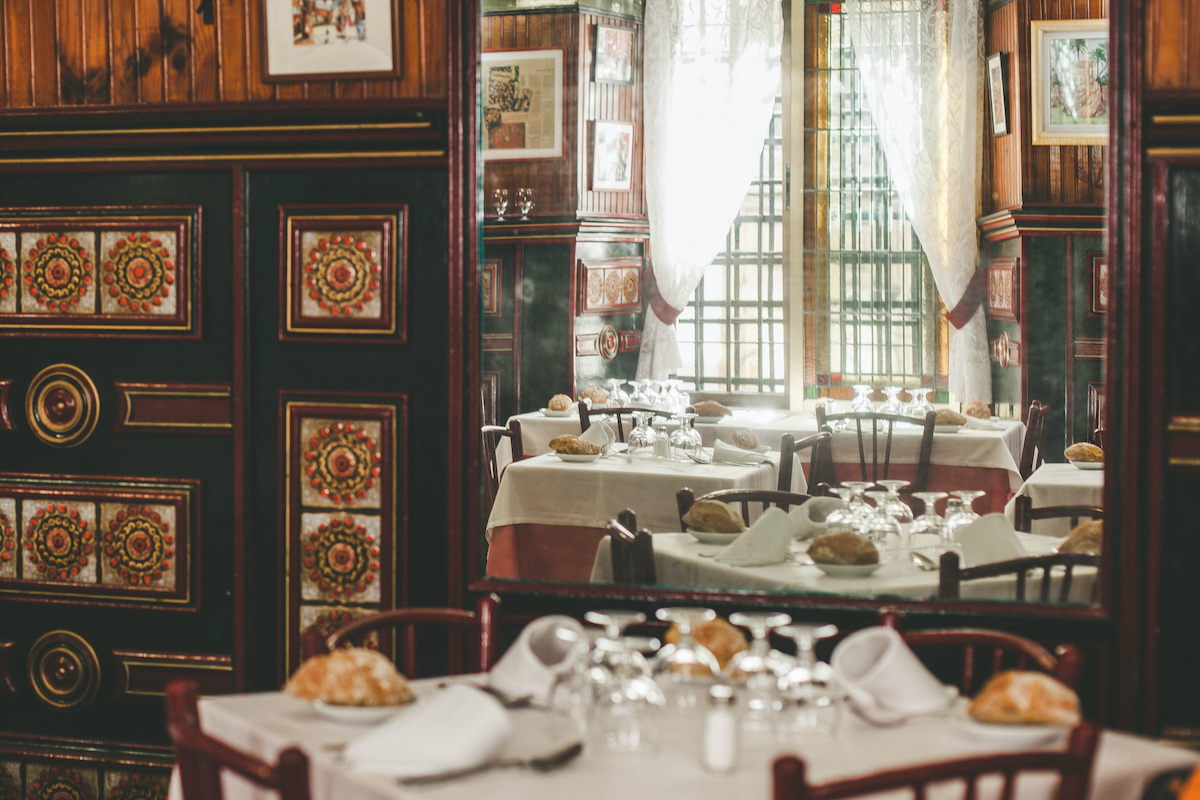
See the Sights by Bike
Riding a bike can be a great way to participate in sustainable tourism in Spain. You’ll get a great workout as you see the sights and help protect the environment, too!
Many major cities like Madrid, Barcelona and Seville have city-wide bike rental systems. Members who pay for the service can take and leave their bikes at any of the dozens of docking stations all over town.
Barcelona in particular is an excellent city for biking. Getting around on two wheels is incredibly easy, and the city is home to plenty of rental companies.
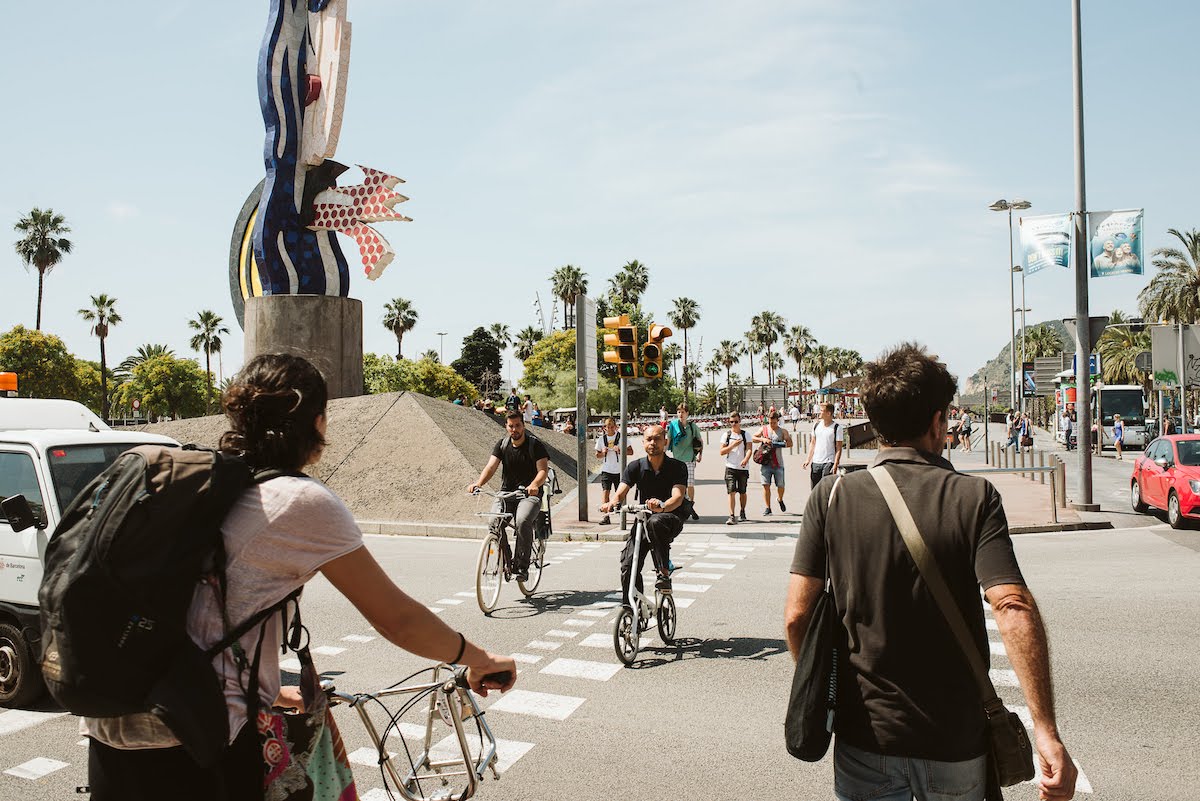
If you’re up north, you can’t miss San Sebastian‘s extensive network of cycling paths. Known locally in Basque as bidegorris, they snake through the city for more than 30 kilometers. Rent one of the city bikes and take a ride!
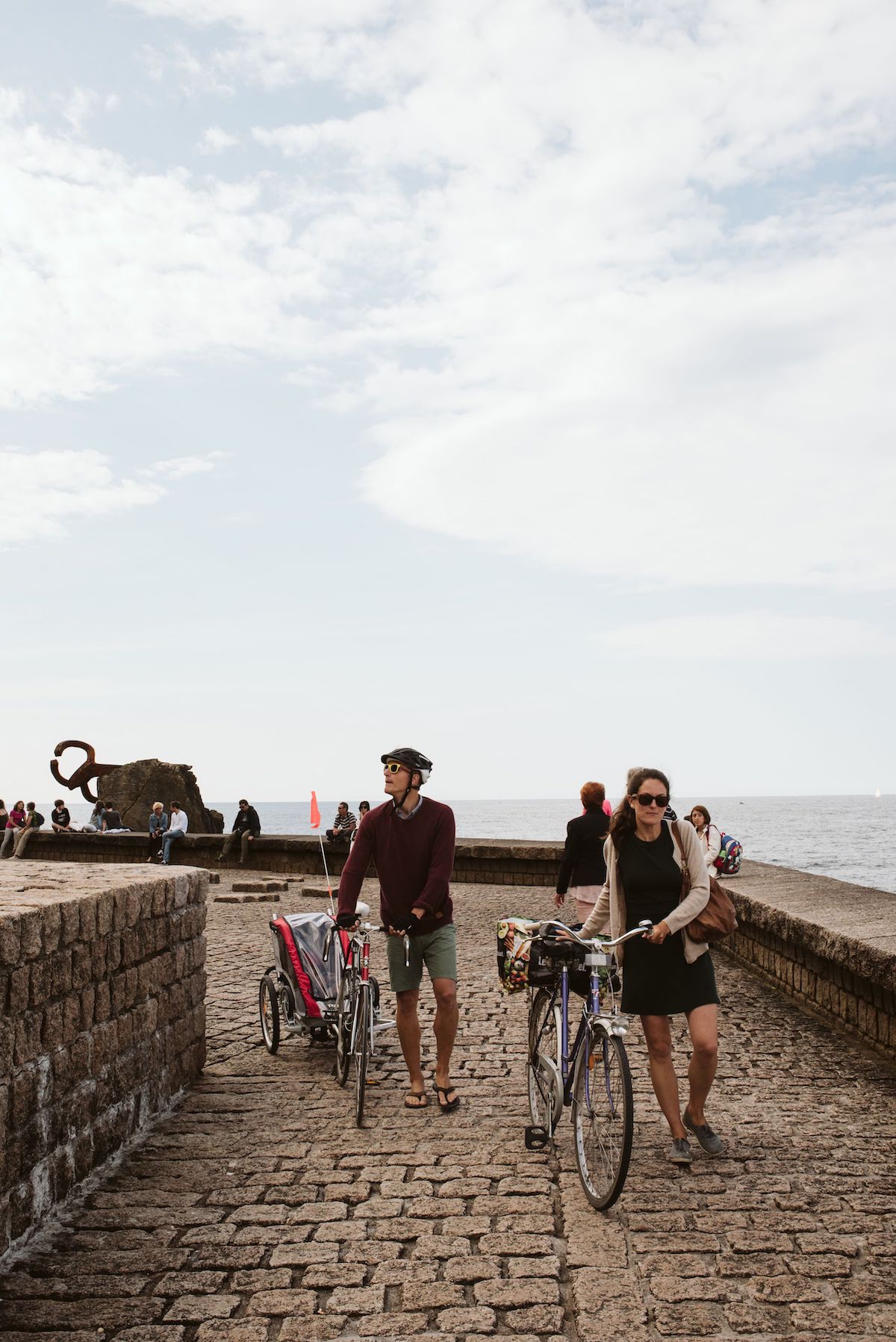
Escape the City Center
Yes, most of the main tourist attractions in any given place tend to be around one general area. However, central areas tend to get overcrowded as tourists rush in to see the sights. This creates problems such as pollution and traffic for those who live and work in the city.
One efficient idea for practicing responsible travel in Spain is to get out of the main tourist areas and check out the neighborhoods where few visitors go. Even if you want to go sightseeing, consider heading to an off-the-beaten-path neighborhood to eat or go shopping, and spending your money there.
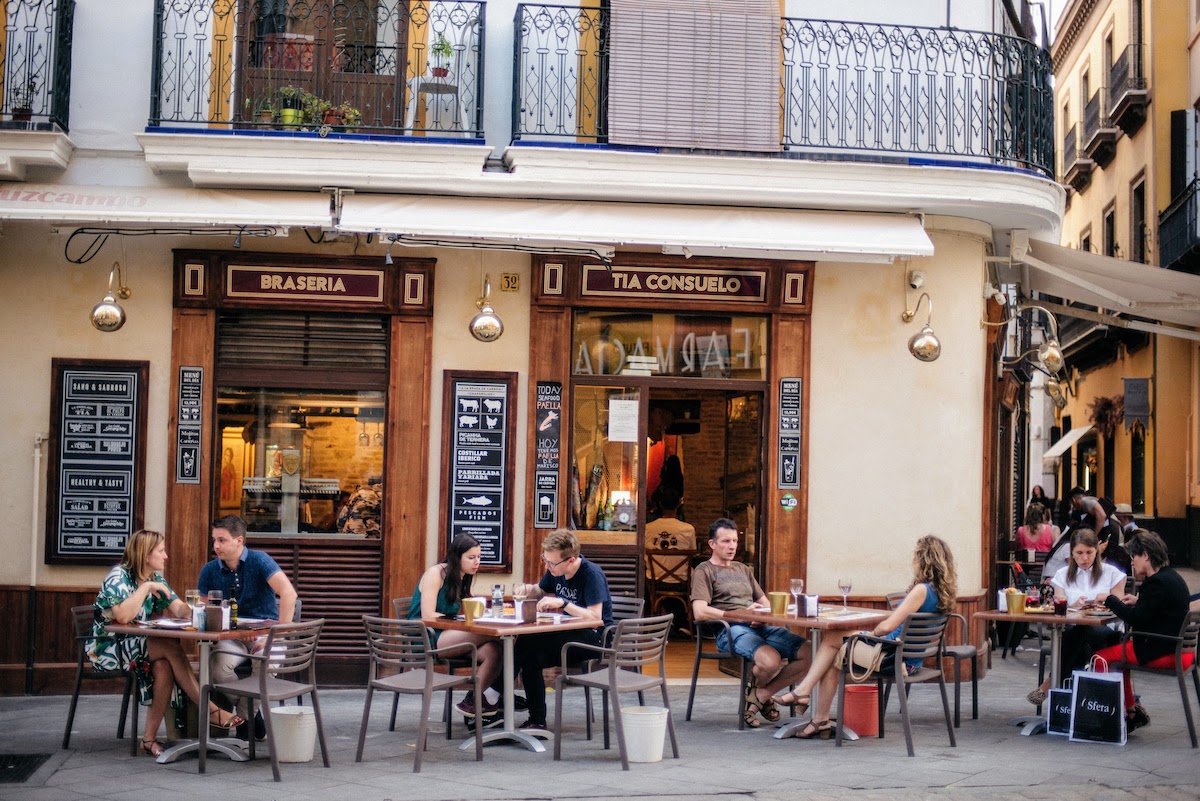
Support Century-Old Family Businesses
It’s easy to get distracted by the bright colors and kitschy knickknacks inside the souvenir shops. However, consider a more responsible approach when it comes to buying mementos from your trip.
Some of the most understated and oldest shops in any city hold the greatest treasures, and in some cases, have been around for over a century. Many cities, such as Madrid and Barcelona, reward those businesses for their longevity by placing a special plaque outside. If a shop has that prized plaque, you can rest assured that you’ll be supporting a hard-working family of locals who have been in the business for generations.

Stay at Locally Owned Accommodation
The idea behind Airbnb and similar rental sites is a great one: to stay in a real local home when visiting a new city. Unfortunately, big corporate buyers have taken that idea and run with it to the extremes. As we mentioned above, locals are increasingly being forced out of their homes so that they can be turned into tourist rentals, due to their rents being raised astronomically beyond what they had originally been paying.
If possible, try to avoid supporting these practices by opting for locally owned hotels or inns, rather than a tourist apartment rental or even a big-name international hotel chain. There are still some legitimate Airbnbs out there—and some places, like Barcelona, even have websites where you can check to see if your planned rental is the real deal. But when in doubt, steer clear and opt for accommodation that hasn’t potentially driven a local resident out.
Sustainable Tourism in Spain FAQs
Simply put, sustainable tourism is the practice of visiting a place in a way that respects the local culture and environment. It provides economic, political, and socio-cultural benefits for the destination in a way that minimizes costs for local residents and businesses.
Spain is aiming to drastically reduce dependency on fossil fuels over the next decade, with a goal of drawing 75 percent of its energy from renewable sources by 2030.
Update Notice: This post was updated on July 10, 2023.
I’ve always wanted to go to Spain.Its one of the wonderful place that i really want to see and thanks this amazing knowledge its me help me a lot.
The information you provide is very useful for us.